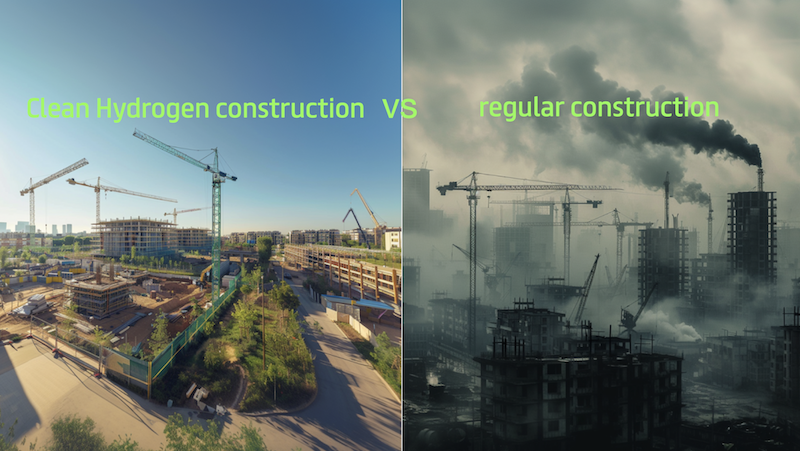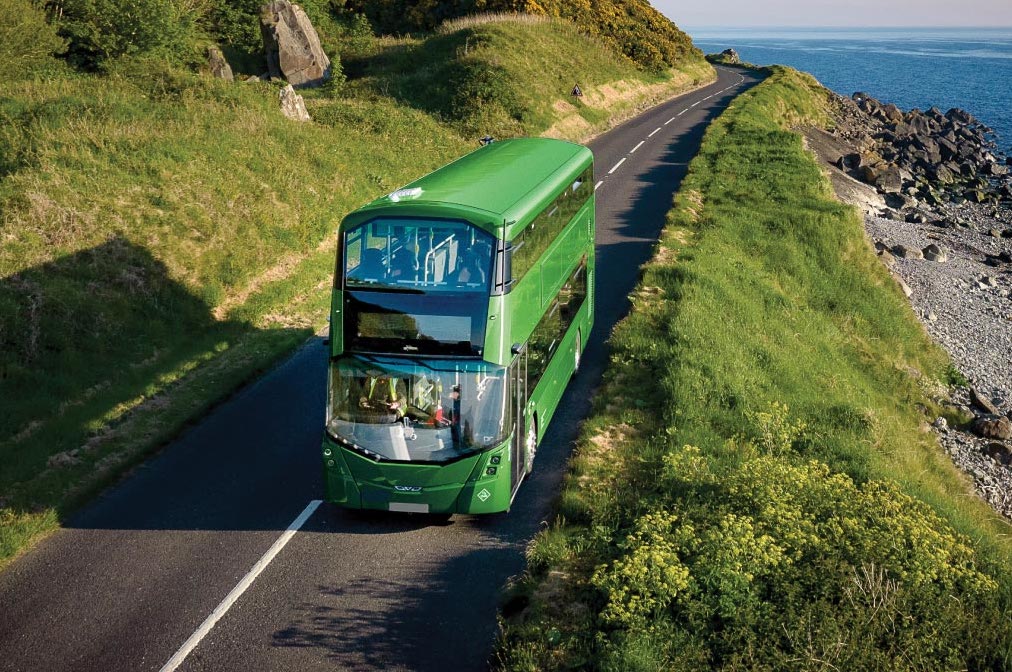What is ‘Green Hydrogen’?
Hydrogen production can involve different raw materials and result in varying end products and therefore levels of environmental friendliness; hence the ‘grading’ system with three different colours.
Grey hydrogen has come from the burning of fossil fuels and produces carbon dioxide as a byproduct: so that’s not great.
Blue hydrogen captures and stores most of the carbon dioxide output – making it ‘environmentally friendlier’ than Grey.
Green Hydrogen is made using the process of electrolysis: the splitting of water back into its two original, separate elements, Hydrogen and the by-product Oxygen. When electrolysis is powered with renewable energy (i.e the electricity generated from wind turbines) the resulting Hydrogen, that can be used for any number of applications, is classed as ‘Green’.
Roughly a quarter of the world’s carbon dioxide emissions could be eliminated if the green-hydrogen industry gets the support it needs to power production of fertilizers, steel and cement; fuel trains, ships, aircraft and trucks, and in the process balance solar and wind-based power grids.
Zero-carbon electricity from wind-turbines has been drastically underused – but Hydrogen comes to the rescue bringing its potentially massive demand for clean energy to power electrolyser cells to split that water into oxygen and green hydrogen.
Green hydrogen can decarbonise the economy in a way that other renewables simply can’t achieve.
And Ryse Hydrogen is here to lead the way.
For more about Ryse hydrogen click here…
By Tim Daukes, 6.12.2020






